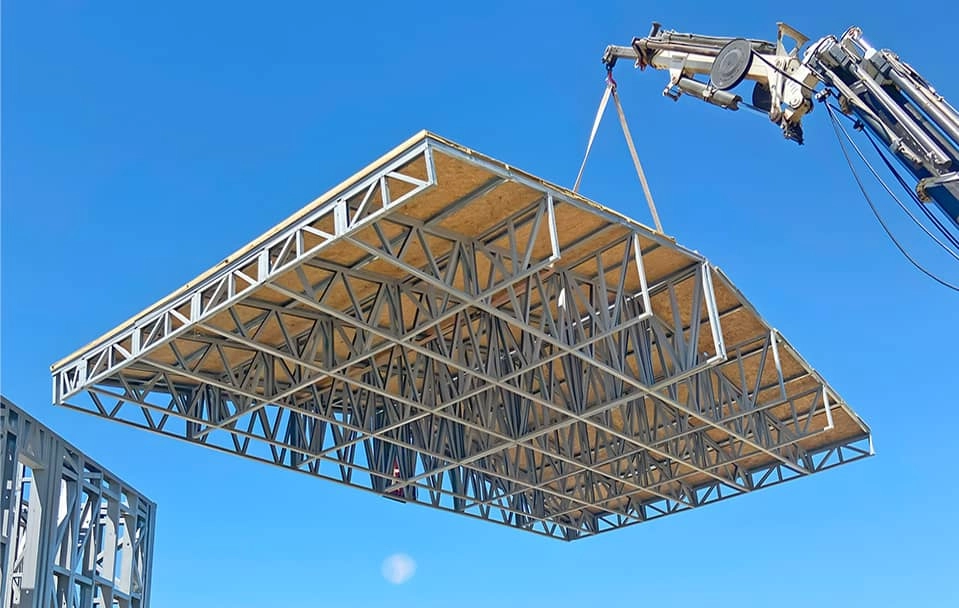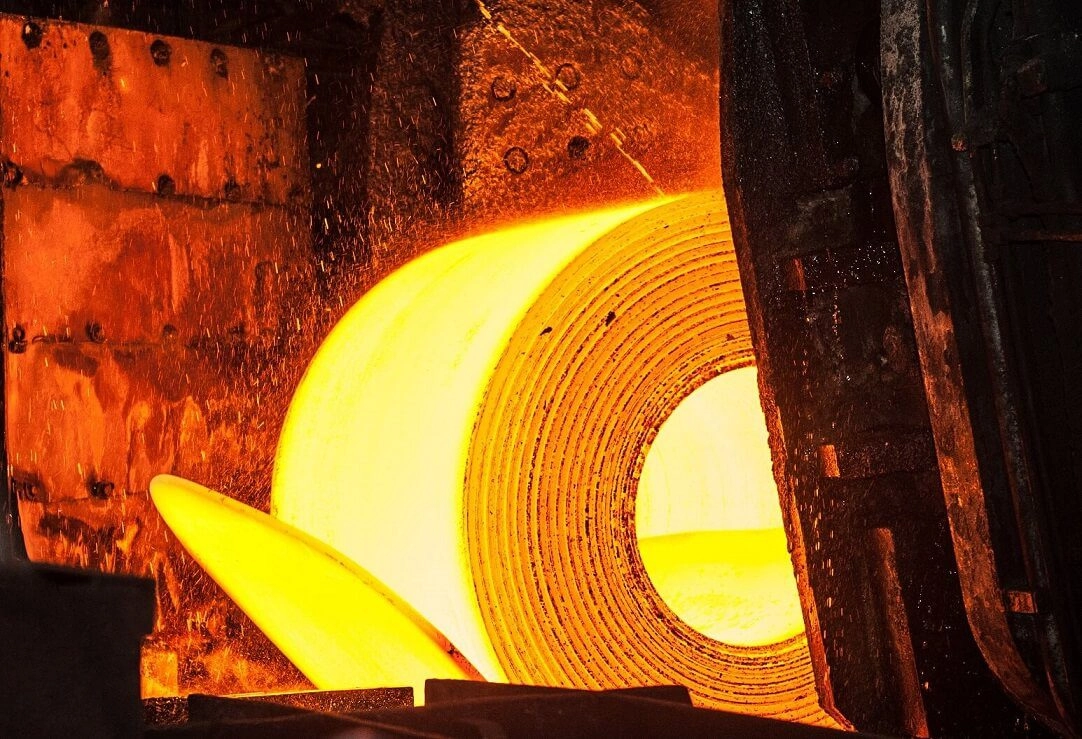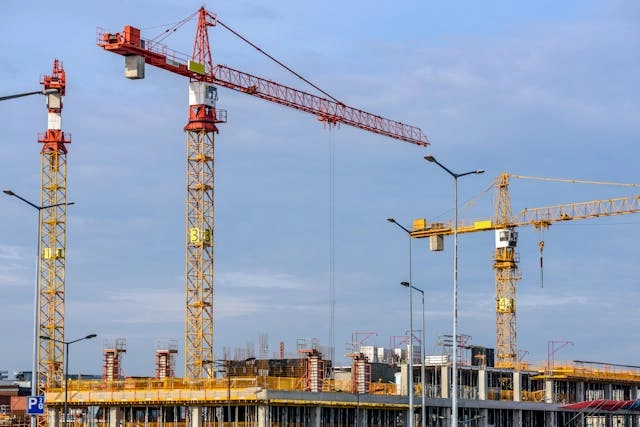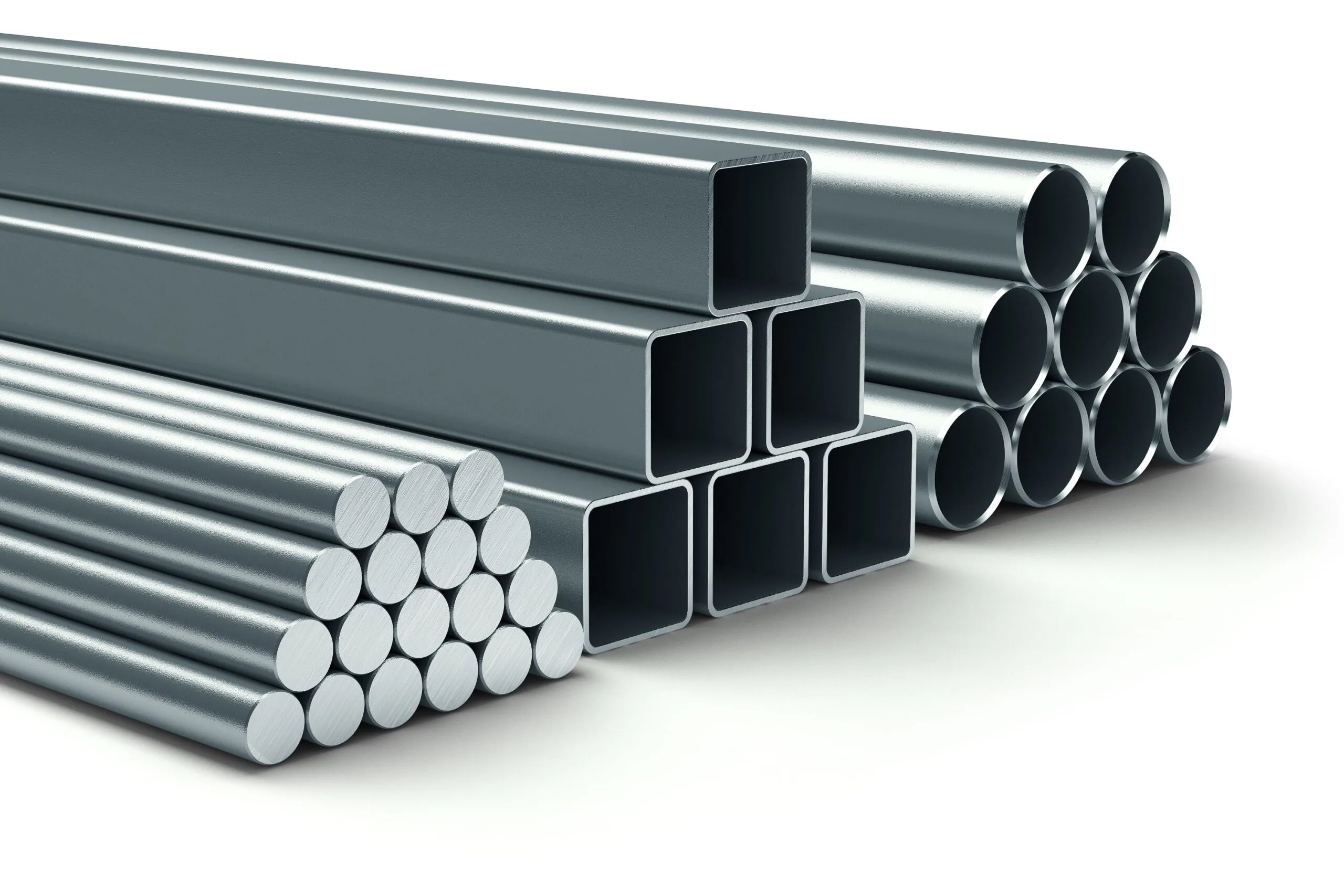Build Secure and Durable Structures with Steel Roofs
Steel roofs are one of the most preferred structural solutions in modern construction. With their durability, long lifespan, and high security features, steel roofs play a key role in protecting both the interior and exterior of buildings. These roofs, especially in harsh weather conditions, not only provide safety but also help achieve a high level of functionality and aesthetics for the structure.
Steel roofs are particularly used in industrial buildings, warehouses, hangars, and commercial properties. With their aesthetic appearance, these roofs also offer significant advantages in terms of energy efficiency.
What Are Steel Roofs and Why Are They Important?
Steel roofs are made from steel and are commonly used to cover large areas. These roofs provide excellent protection against extreme weather conditions, thanks to the strength of steel construction systems.
Steel roofs are advantageous not only for their durability but also for their lightness, which makes installation faster. Their long lifespan reduces maintenance needs and helps in lowering costs. Additionally, steel roofs are highly resistant to fire, wind, snow, and other natural disasters.
Advantages of Steel Roofs
- Durability and Security:
Steel roofs are far more durable than concrete, wood, or other traditional materials. Steel offers excellent resistance to strong winds, snow, and extreme weather conditions. Moreover, steel roofs are fire-resistant, which is a major benefit. - Long Lifespan:
Steel roofs can last for many years. Steel material is highly resistant to corrosion, and with proper maintenance, it can last well over 50 years, and in some cases, even up to 70 years or more. - Lightweight:
Steel roofs are lighter than wood or concrete roofs. This provides ease of transportation and installation, and also reduces the structural load of the building. This lightness can help improve the structural strength of older buildings. - Easy Maintenance:
Steel roofs require less maintenance compared to other roof types. Steel material is resistant to rust and damage, which reduces long-term maintenance and repair costs. - Energy Efficiency:
Steel roofs, when combined with insulation materials, provide excellent energy efficiency. These roofs reflect solar heat during summer to keep the interior cool and prevent heat loss in winter, thus saving energy. - Eco-Friendly:
Steel is a recyclable material. Steel roofs are a sustainable choice in environmentally conscious projects, as natural resources are used more efficiently during production.
Disadvantages of Steel Roofs
- Initial Cost:
Steel roofs have a higher initial cost compared to traditional roof types. However, considering the lower maintenance costs and durability over time, this difference can be compensated in the long run. - Sound Insulation:
Steel roofs can be noisier, especially during rain or windy weather. This issue can be addressed with additional insulation materials. - Aesthetic and Design Limitations:
Steel roofs typically have a more modern or industrial look, which might not fit well with traditional architectural styles.
Types of Steel Roofs
Steel roofs can be designed and applied in different ways according to needs. Here are the main types:
- Flat Steel Roofs: These are ideal for modern and industrial buildings, providing a minimalistic aesthetic while offering excellent functionality in draining water.
- Gable Steel Roofs: Typically preferred for more traditional structures, these roofs help with water drainage and offer an elegant appearance.
- Monocoque Steel Roofs: Made from single-piece steel components, these roofs are highly durable and aesthetically pleasing.
- Steel Canopies: Typically used outdoors, steel canopies provide protection from the sun and rain.
Each type of steel roof can be customized to suit specific needs. It’s important to seek professional assistance when selecting the right steel roof for your project.
Factors to Consider When Choosing a Steel Roof
Choosing a steel roof directly impacts both the longevity and safety of the structure. Here are some key factors to consider when selecting a steel roof:
- Determine the Building’s Needs: The purpose of the building plays an important role in choosing the right roof type. Commercial, industrial, or residential buildings may have different requirements.
- Consider the Climate: Weather conditions in your region can affect the design and material choice of the steel roof. For instance, snow load and wind resistance should be considered.
- Ensure Energy Efficiency: Steel roofs provide great opportunities for energy efficiency when combined with proper insulation materials.
- Plan Your Budget: Steel roofs can be initially more expensive, but their long-term benefits in terms of maintenance and durability can make them a cost-effective option.
Average Costs and Lifespan of Steel Roofs
The cost of a steel roof depends on various factors. On average, the cost per square meter for steel roofs ranges between 50 TL and 200 TL. However, these prices can vary depending on the material type, size of the building, and complexity of the installation.
Steel roofs, with regular maintenance, can last a long time. Their average lifespan is typically between 50 and 70 years, though it may vary depending on the type of steel, insulation materials, and environmental conditions.
Why Choose Dinkymetal?
Dinkymetal, a company specialized in steel roofs, offers the best steel roof solutions for every type of building. You can safely complete your projects with durable, secure, and aesthetically pleasing steel roofs.
Advantages offered by Dinkymetal:
- Durable, long-lasting steel roof solutions
- Custom designs tailored to your needs
- Professional installation and long-term maintenance services
- Roof solutions that ensure high security and energy efficiency
For more information on the steel roofs offered by Dinkymetal, feel free to contact us.






